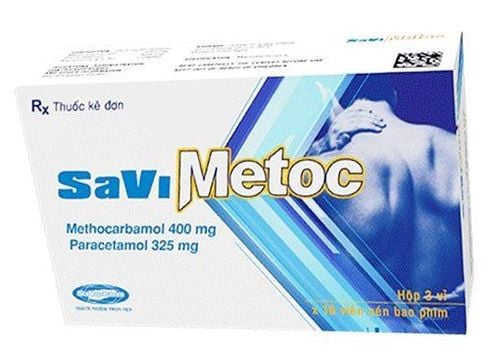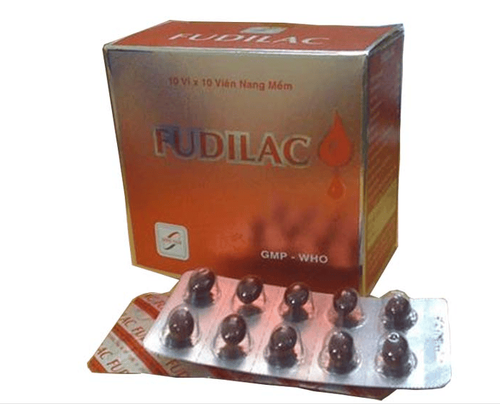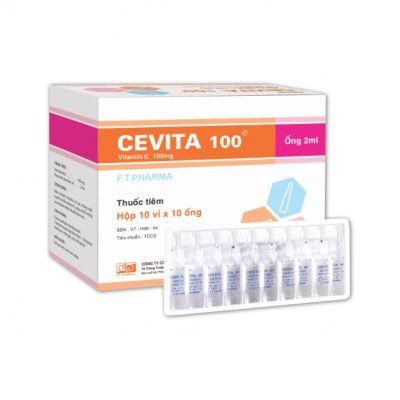This is an automatically translated article.
Article by Specialist Doctor II Le Thi Na - Doctor of Hematology - Laboratory Department - Vinmec Times City International Hospital
Hemolytic anemia is one of the most common genetic abnormalities in the world. This condition shortens the life of red blood cells circulating in the peripheral blood, leading to anemia. To come up with the most appropriate treatment regimen, a specialist will classify hemolytic anemia.
1. What is hemolytic anemia?
Hemolytic anemia is also known as hemolytic anemia. This is a hematological disease caused by many causes. Red blood cells have a normal life span of 120 days.
Hemolysis is premature destruction of erythrocytes and shortens erythrocyte survival to < 120 days. An increased number of destroyed red blood cells can cause anemia, and the bone marrow proliferates to compensate for the anemia. Hemolytic anemia can be caused by extra-erythrocytic or erythrocyte causes.
2. Classification of hemolytic anemia by cause
Hemolytic anemia can occur due to erythrocyte or extra-erythrocyte causes. Specifically:
Extra-erythrocytic disorders:
Causes of extra-erythrocytic disorders that patients with hemolytic anemia often encounter, including:
Increased activation of the interretinal endothelial system: hypersplenism. Immune abnormalities: neonatal hemolytic anemia due to blood group incompatibility, autoimmune anemia, thrombocytopenic purpura. Mechanical trauma Some drugs cause hemolysis: quinine, quinidine, penicillin, methyldopa, clopidogrel. Poisoning: lead, copper... Infection: pathogenic bacteria can cause hemolysis through the direct action of bacterial toxins (clostridium pefringens, alpha-beta hemolytic streptococci, meningococcal disease), caused by bacteria that invade and destroy red blood cells (plasmodium sp...) or by producing antibodies (Epstein Bar, mycoplasma). RBC abnormalities:
Intrinsic defects of red blood cells can cause hemolysis involving abnormalities of cell membranes, cell metabolism, or hemoglobin structure. RBC membrane abnormalities: minkowski chauffard disease (reduced erythrocyte strength, autosomal dominant inheritance), squamous cell disease (beta lipoprotein abnormalities), rhabdomyolysis (dominant inheritance) , paroxysmal nocturnal hemoglobinuria (acquired erythrocytosis). Red blood cell enzyme abnormalities: lack of enzymes for red blood cell metabolism. The disease is inherited according to the sex of the X chromosome (G6PD deficiency) or is recessive (PK deficiency). Hemoglobin abnormalities: disorders of globin chain synthesis that make up abnormal hemoglobin. Decreased or complete loss of globin chain synthesis is called thalassemia. The globin chains are still being synthesized, the hemoglobin molecule is still formed, but there is a primary structural change – a normal amino acid is replaced by another amino acid called abnormal hemoglobin. Depending on the change in globin structure, there are different manifestations (haemoglobin S disease, hemoglobin E disease, Lepore hemoglobin disease,...). Abnormalities in the mass and function of several erythrocyte membrane proteins (alpha and beta-spectrin, protein 4.1, F-actin, ankyrin).

3. Classification according to congenital and acquired
According to experts, hemolytic anemia can be classified according to congenital or acquired. In which, congenital hemolytic anemia is more common:
Congenital hemolytic anemia is familial. This anemia is not reversible. Acquired hemolytic anemia: the disease presents with a pathological process. Anemia is reversible.
4. Classified by grade and length
Acute hemolytic anemia: The disease occurs rapidly, can be severe anemia without bleeding, blood loss, often with hemolytic episodes. Chronic hemolytic anemia: Hemolytic disease has a long-term course. Hemolytic anemia is a very broad disease involving many fields. Hematology, immunology, and clinical genetics are diverse and abundant. Therefore, the doctor needs to diagnose and find the right cause to treat the patient well.
Please dial HOTLINE for more information or register for an appointment HERE. Download MyVinmec app to make appointments faster and to manage your bookings easily.














